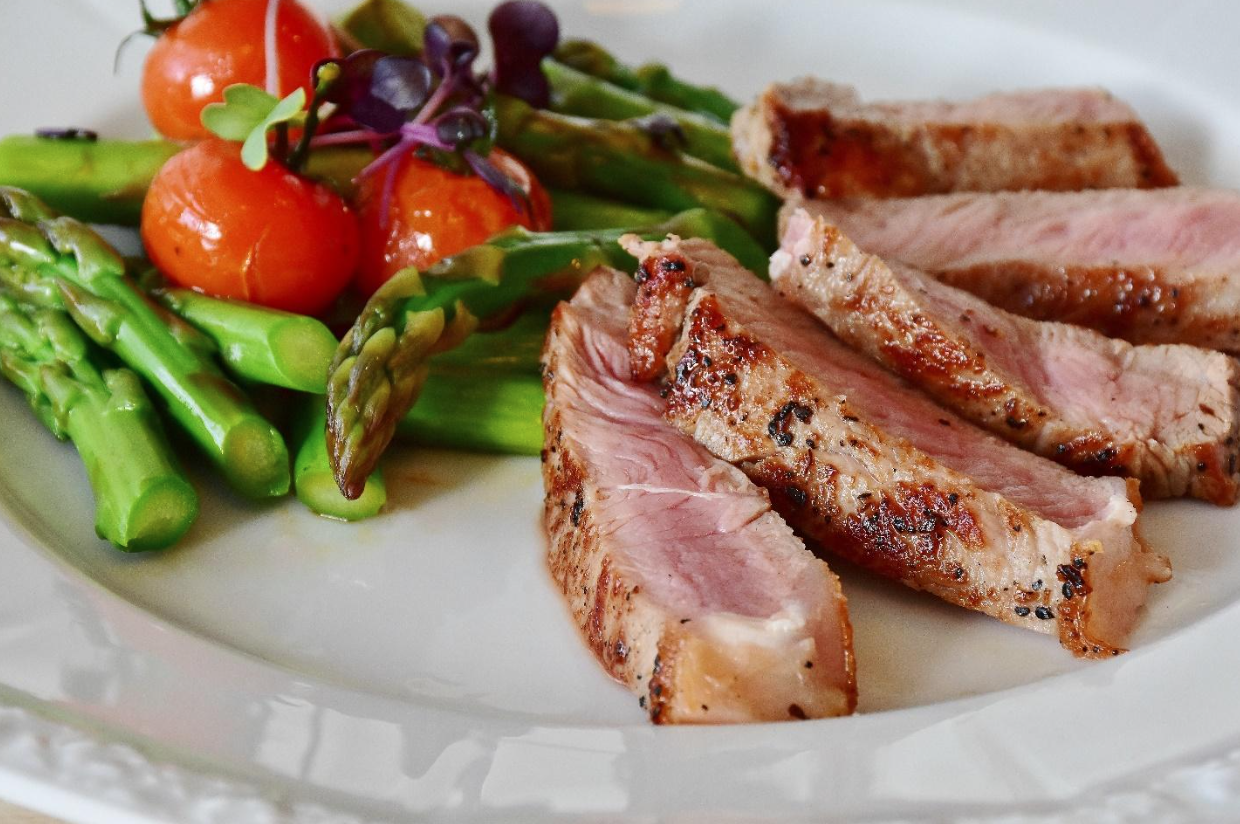The paleolithic, or paleo diet, is a natural diet plan that has been adopted by many people with promises of weight loss and a healthier lifestyle. The main attraction is precisely in its most unusual side, preaching prolonged fasting, eating meat at will, and restricting carbohydrates in caveman style.
The paleo diet mimics the ancient diet of our ancestors. It contains lean meat, fruits, seeds, and other food products that have shaped our bodies for millions of years.
The Paleolithic diet was built on evidence that common diseases (diabetes, metabolic disorders, heart problems, obesity) are the body’s responses to the excess carbohydrate, sugar, and processed foods imposed by the contemporary diet. Despite sounding radical, most followers practice a Paleo diet adapted to their personalities.
What Does Science Say?
Several randomized clinical trials compare the paleo diet to either the Mediterranean or the diabetes diet. Despite this, the number of controlled clinical trials comparing the Paleolithic diet with accepted diets, such as diabetic or Mediterranean, is limited. Long-term studies, with large groups of people chosen randomly, are needed to assess the long-term benefits and possible risks that may arise.
Some researchers also maintain that the hypothesis on which the paleo diet is based is too simplistic. Since evolution is much more complex, the dietary variations that may have occurred depending on geography, climate, or food availability may also have conditioned the change in diet.
Other archaeological research also claims that whole grains could have been consumed more than 30,000 years ago, long before the start of agriculture. In addition, great evolutionary changes occurred after the Neolithic period, such as increased brain activity or the ability to break down starch.
What To Eat and What Not To Eat On The Paleo Diet?
The paleo diet promotes eating all those foods that a Paleolithic ancestor could eat and avoiding all those they could not. There are more or less strict or “pure” diets, where food is limited to a greater or lesser extent. All modern processed foods are excluded since they did not exist in the Paleolithic period.
The options may vary, depending on whether a more or less “pure” style is followed. Less strict paleo diets allow root vegetables, such as potatoes or sweet potatoes, while others do not. Some allow only sweet potato, some allow honey, others do not, or small doses of alcohol, while in others, it is prohibited.
An example of a menu can be:
- Breakfast: Scrambled eggs with spring garlic.
- Lunch: Salad of radishes, oak leaf, tomato, avocado, walnuts, sesame seeds, and onion. Organic beef steak with mushrooms.
- Dinner: Steamed broccoli sautéed with red bell pepper, almonds, grilled salmon, or banana.
- Snacks: Fresh fruit such as apples, bananas, avocados, strawberries, and peaches. Vegetables such as carrots, tomatoes, and cucumber. Dried fruits such as walnuts, hazelnuts, almonds, etc.
- Drink: Water
Benefits of the Paleo Diet
- Consuming quality carbohydrates in moderation is an excellent way to improve your health and lose weight.
- Meat consumption is advantageous, as this food has a lot of protein and essential amino acids, so eating meat is important for health.
- Consuming plenty of fruits and vegetables is a good way to nourish the body, as these foods are rich in nutrients.
- Reducing sugar and processed foods can help improve health, slim down, and maintain a healthy weight.
- Fats are also important for the human body. After all, they play an important role in producing hormones and helping maintain a balanced body temperature, among other functions.
- Consuming plenty of water is essential to maintain health, so this is an excellent recommendation.
Disadvantages of the Paleo Diet
- Excessive consumption of protein-rich foods (such as meat) can harm kidney health and remove calcium from bones.
- Fruits are rich in fructose, a type of sugar, so the recommendation is to do what is necessary. If you follow the Paleolithic diet without guidance, you may overeat fruit, vegetables, and a huge amount of calories.
- Fats are important for health; however, you must consume them in moderation. Following this diet without guidance can lead you to consume a lot of fat, leading to weight gain and health damage.
- Some more extreme versions of the Paleolithic diet preach the adoption of a strategy based on the idea that in the past, our ancestors could not find food every day, so they ended up fasting for long periods. Thus, the proposal is, from time to time, to stay 16 to 24 hours without eating any food, which can be dangerous.
Prolonged fasting can lead to hypoglycemia, irritability, headache, and difficulty concentrating, among other complications.
Recommendation
Various nutritional studies recommend that the distribution of macronutrients for healthy individuals be: 45 to 65% of carbohydrates, 10 to 35% of proteins, and 20 to 35% of fats. The Paleolithic diet can compromise part of the intake of these nutrients and can still cause several health problems if not monitored by a professional.
Therefore, the vast majority of nutritionists and nutritionists only recommend following the Paleolithic diet after looking for a specialist who can adapt the diet to their case.
